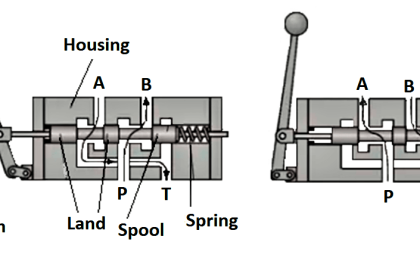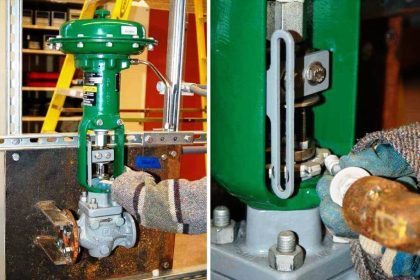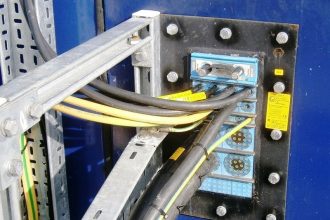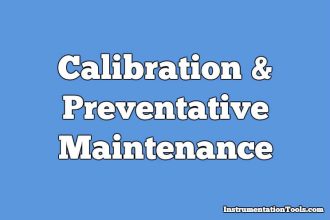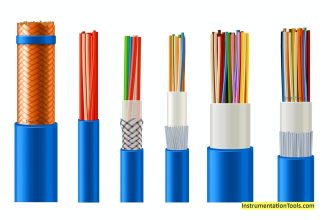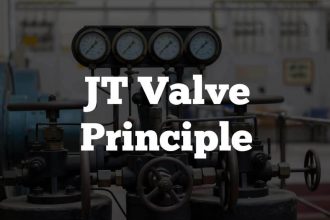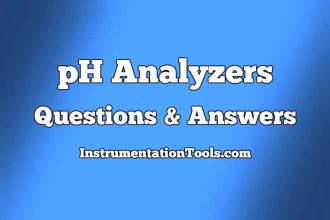Solenoid Valve Troubleshooting Tips : Solenoid Valve Does Not Open, Solenoid Valve Makes A Humming Noise, Solenoid Coil Burnt, Solenoid Resistance high.
Contents
Problem: Solenoid Valve Does Not Open
| Probable cause | Solution |
| No power to the coil | Make sure the valve is normally open (closes when electrically energized) or normally closed (opens when electrically energized)
Measuring the voltage across the coil with the aid of a voltmeter. Pull the coil up a little and feel of the coil produces resistance to displacement (magnetic field). Note: Removing a powered coil may cause the coil to burn. Check the relay contacts, wires and fuses. |
| Incorrect voltage / frequency | Make sure the power supply matches the valve specification. Measure the voltage across the coil. |
| The coil is burnt | See burnt coil |
| Differential pressure is too high. | Check the pressure differential across the valve and compare it with the valve specification. If possible, you can make the pressure difference smaller, for example by reducing the input pressure |
| Differential pressure is too low | Check the valve specification. Indirect controlled solenoid valves need a small differential pressure to operate properly. If necessary, replace the solenoid valve for a suitable alternative, such as a (semi) direct operated solenoid valve. |
| Damaged or deformed valve | Replace the solenoid valve. |
| Dirt on the membrane | Clean the membrane. If necessary, replace broken or damaged components. |
| Polluted valve seat or valve. | Clean the valve. If necessary, replace broken or damaged components. |
| corrosion (rust) | Replace damaged components. |
| Components missing after disassembly. | Install the missing components. |
Problem: The Solenoid Valve Opens Partially.
| Probable cause | Solution |
| Pressure too small | Check the valve specification for the minimum differential pressure. Indirectly controlled solenoid valves require a small differential pressure for proper operation. Replace the valve with a type that operates from 0 bar, such as a (semi) direct operated solenoid valve or an electric ball valve. |
| Damaged or bent armature tube | Replace the valve. |
| Dirt on the membrane | Clean the membrane and, if necessary, replace the broken parts. |
| Dirt in the valve seat / valve / pipe fittings | Clean the valve, if necessary, replace broken parts. |
| Corrosion | Replace defective parts. |
| Part missing after the assembly | Replace the missing parts. |
Problem: The Solenoid Valve Does Not Open Or Partially.
| Probable cause | Solution |
| Coil remains electrically energized | Move the coil carefully and feel whether there is resistance. Caution: Never remove the coil when it is energized, it may burn. Check the wiring diagram and contacts. |
| Contaminated or closed pilot orifice or tube. | Clean the orifices. If necessary, replace broken or damaged components. |
| Manual override can not be reset after use | Check the position of the opening unit and adjust its position if necessary. |
| Pulsating pressure input port. Differential pressure is too high in the open position. The pressure at the outlet port is sometimes higher than the pressure at the input port. | Check valve specification. Check the pressure and the flow rate of the medium. Replace the valve for a suitable variant. Check out the rest of the installation. |
| Damaged / bent armature tube | Replace the valve. |
| The membrane is installed incorrectly, such as upside down. | Install the membrane in the correct position. |
| Broken valve seat or membrane | Check the pressure and flow. Replace broken parts. |
| The valve is installed in the wrong direction. | Check the flow direction and see if the arrow is pointing in the same direction. |
| Parts missing after the assembly | Install missing parts. |
Problem: The Solenoid Valve Makes A Humming Noise.
| Probable cause | Solution |
| Buzzing | AC coils may cause a humming noise. If the surrounding components can resonate in the same frequency, the buzzing sound can become loud. By fixing the components securely, the humming sound can be reduced. The buzzing noise caused by alternating current can also be solved by installing a rectifier such as the power saver module |
| Water hammer | Look at “Installation” |
| Differential pressure too high and / or pulsation in input line | Check valve specification and differential pressure. Check pressure and flow. Replace with a suitable valve. Check out the rest of the installation. |
Problem: Coil Is Burnt
| Probable cause | Solution |
| Incorrect voltage / frequency | Check the coil specification. If necessary, replace for an appropriate type of coil. Check wiring diagram. Check the voltage variations. |
| Coil short circuit (possibly fluid) | Check the rest of the installation for possible short circuits. Check the connections of the coil. Replace the coil when the error is found. Note the installation of the coil, make sure that no moisture can flow or drip in the connection. |
| The plunger moves with high friciton (by dirt, damage or bending) | Replace broken parts and remove dirt. |
| The temperature of the medium is too high. | Check the valve specification. If necessary, replace the valve with a suitable variant. |
| The ambient temperature is too high. | If possible, move the valve to a cooler environment. Check the valve specification. Increase ventilation around the coil and valve. |


